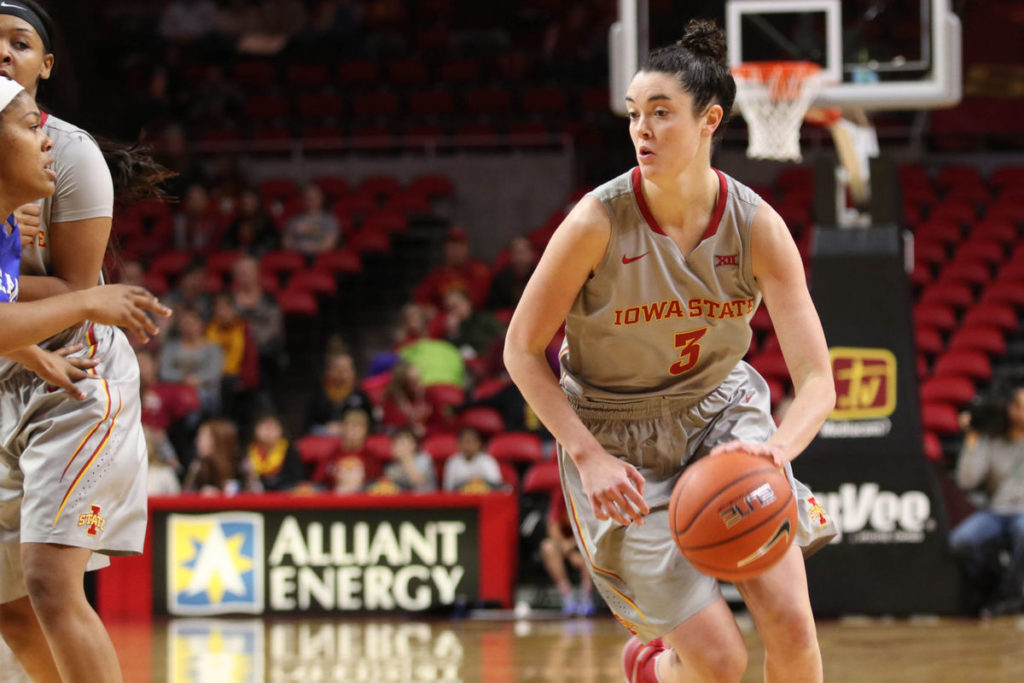Femininity and Collegiate Sports
June 15, 2017
AMERICAN colleges in the late 19th and early 20th centuries believed that women should pursue physical fitness in a distinctly feminine way. Today, in the age of Title IX, this approach is detested as “inequality.” However, at that time, a woman was believed to have great influence on the world around her through her grace, charm, modesty and refinement. She was being groomed for an influential role in society, but one radically different from the utilitarian role women are groomed for today.
As one example, I offer this history of physical education and sports for women at Iowa State University. Female students were at one point taught what was known as “Swedish gymnastics,” a program of calisthenics developed by a poet laureate of Sweden.
In-class work was described in the 1909 General Catalog:
“The Swedish System of gymnastics, including marching tactics, calisthenics, and apparatus work is taught. The highest ideals are kept constantly before the mind, not only in health and strength but ease, grace, and refinement in manner and carriage of the body.”
“Gymnastics” in the early part of the century referred to organized systems of group exercises. The Swedish System was originally developed by A.O. Lindfors and Per Henrik Ling in Sweden in the early 1800s. Ling (who was also Poet Laureate of Sweden) based the system on his studies of anatomy and physiology. They were sometimes referred to as “corrective” or “remedial” and consisted mostly of group exercises performed in unison. The goal was improvement in bodily functions (circulation, respiration, and digestion) as well as a physiological benefit from the muscular self-control required to execute the exercises. [emphasis added]
Later when team sports were added, they were still guided by ideals very different from the competitive sports of men:
As time went on, folk dancing was added to the curriculum, as well as swimming, once the Margaret Hall pool was completed in 1917. A swimming test was listed in the Catalog as a graduation requirement until 1938, when Margaret Hall burned. In the twenties, there was a shift on the national level from the “gymnastic” type of physical education to a games-oriented approach:
Outdoor Opportunities: During the freshman year, one of the three required hours per week is devoted to sports. Hockey, archery, golf, horse shoe pitching, tennis, soccer, hand ball, and swimming are offered during the year. (1924/1925 General Catalog)
Today at Iowa State, we see two extremes that were not cultivated by the college in that era, the hyper-masculine woman and the hyper-feminine one.


— Comments —
Mrs. T. writes:
Your post reminds me of certain female family members. They’ve played competitive soccer through high school and come across as aggressive and masculine while playing. However, when dressing for a formal event, their dress and demeanor appear overtly sexual. Aggressiveness in a different form.
It’s almost schizophrenic.
Laura writes:
Immodesty in women is a form of aggression.



